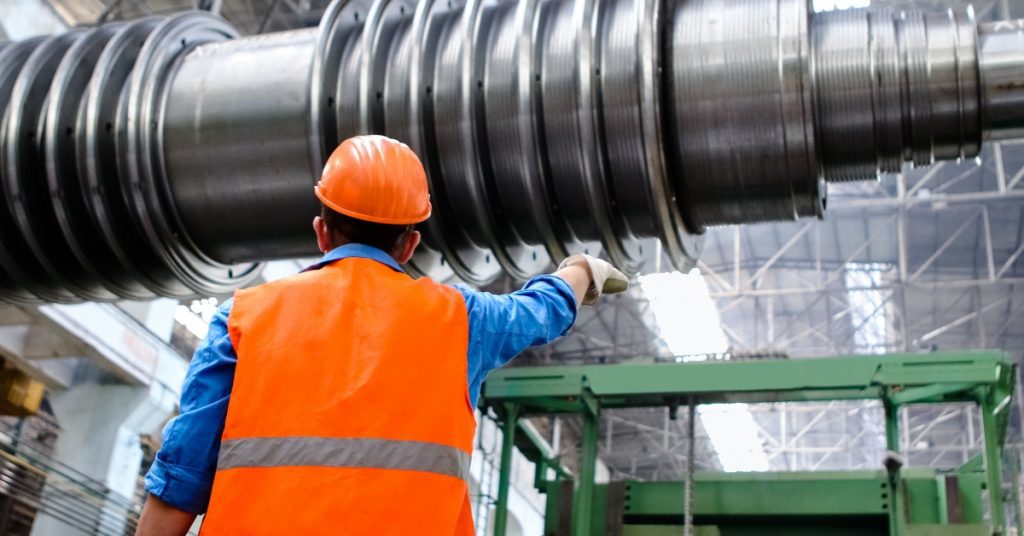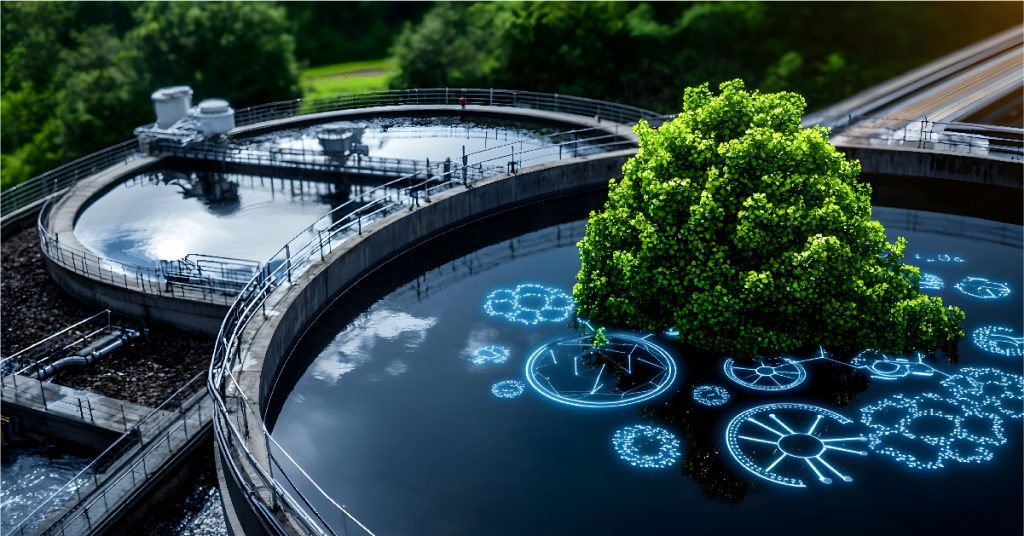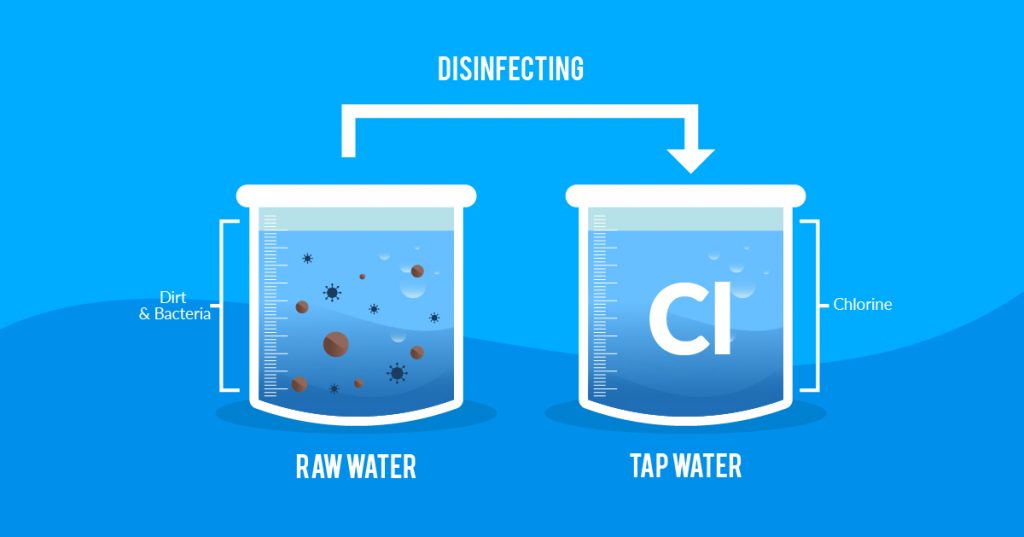Water quality varies significantly across the United States, and one of the key parameters influencing water quality is hardness. The water hardness scale is a vital metric that helps in determining the concentration of calcium and magnesium ions in water. But how does the water hardness scale impact water use in the USA? Let’s explore.
What is the Water Hardness Scale?
The water hardness scale measures the concentration of calcium carbonate (CaCO3) in water, typically expressed in parts per million (ppm) or milligrams per liter (mg/L). The scale is categorized as follows:
- Soft Water: 0–60 ppm
- Moderately Hard Water: 61–120 ppm
- Hard Water: 121–180 ppm
- Very Hard Water: 181+ ppm
The water hardness scale ppm helps in understanding the level of mineral content present in water and its potential effects on various applications, including household use, industrial processes, and water treatment systems.
How is Water Hardness Measured?
Water hardness is commonly measured using a titration method or through electronic sensors that provide an accurate reading in ppm. The hardness water scale is an essential tool for water treatment facilities, allowing them to adjust treatment processes to effectively manage mineral content.
Water Hardness Scale Conversion
In the USA, water hardness is often expressed in grains per gallon (gpg) or ppm. To convert between these units, the following conversion factors are used:
- 1 gpg = 17.1 ppm
- 1 ppm = 0.058 gpg
For instance, water with a hardness level of 85 ppm can be converted to gpg as follows:
85 ppm ÷ 17.1 = 4.97 gpg
Understanding water hardness scale conversion is essential for accurately determining water quality, especially in industrial settings where precise measurements are required.
Effects of Water Hardness on Water Use in the USA
- Household Applications:
- Hard water can lead to the buildup of mineral deposits in pipes, reducing water flow and increasing maintenance costs.
- Appliances such as water heaters and washing machines may experience reduced efficiency and lifespan due to scale buildup.
- Hard water can lead to the buildup of mineral deposits in pipes, reducing water flow and increasing maintenance costs.
- Industrial Applications:
- Hard water can cause scaling in boilers and cooling systems, leading to decreased operational efficiency and increased energy consumption.
- Hard water can cause scaling in boilers and cooling systems, leading to decreased operational efficiency and increased energy consumption.
- Water Treatment Systems:
- Water treatment facilities use the hardness water scale to adjust softening processes, ensuring optimal treatment outcomes.
Addressing Water Hardness in the USA
- Water Softeners:
- Water softeners use ion exchange to remove calcium and magnesium ions, reducing water hardness effectively.
- Water softeners use ion exchange to remove calcium and magnesium ions, reducing water hardness effectively.
- Reverse Osmosis Systems:
- RO systems are highly effective in treating hard water by removing dissolved solids and minerals.
- RO systems are highly effective in treating hard water by removing dissolved solids and minerals.
- Chemical Treatment:
- Chemicals such as sodium carbonate are used to precipitate hardness minerals, preventing scale formation.
Ion Exchange: Elevating Water Quality Standards in the USA
INDION Lampak, developed by Ion Exchange, is a compact and modular unit tailored to meet the drinking water demands of communities and industrial applications. It combines a pump, static mixer, flocculation, lamella clarifier, gravity sand filter, and chemical dosing systems to produce disinfected water with less than 5 mg/l TSS from feed water containing up to 500 mg/l TSS. Easy to operate and low-maintenance, INDION Lampak can be powered by a diesel generator or renewable energy, making it ideal for regions without electricity. Its lightweight, corrosion-resistant materials and space-efficient design ensure easy transport, operation, and upkeep.
INDION NGIRF is an advanced solution for removing dissolved iron, typically found as ferrous bicarbonate in groundwater. Utilizing a catalytic oxidation process, this filter efficiently reduces iron levels to below 0.3 ppm without the need for chemicals. Designed with convenience in mind, it features a corrosion-resistant Fiber Reinforced Plastic (FRP) pressure vessel and PVC pipes. Pre-assembled and tested, the NGIRF comes equipped with user-friendly valves, offering a reliable and easy-to-operate solution for treating water with high iron content.
INDION Water Potability Test Kit
INDION Water Potability Test Kit is a versatile tool designed to measure eight essential chemical parameters of drinking water as per the Bureau of Indian Standards. Providing quick and accurate results for pH, total hardness, alkalinity, chloride, fluoride, chlorine, iron, and nitrate, this kit is user-friendly and ideal for semi-skilled individuals, offering an affordable way to ensure safe drinking water.
INDION Packaged Sewage Treatment Plants offer decentralized sewage treatment in a compact, single-tank design that produces low sludge volumes and requires minimal electricity, making them highly cost-effective. Available in capacities ranging from 10 to 100 m³/d, these systems are ideal for smaller needs, while advanced options like Fluidized Media Reactor (FMR), Moving Bed Biofilm Reactor (MBBR), and Membrane Bio-Reactor (MBR) processes are available for efficiently handling higher flow rates in larger applications.
Conclusion
Understanding the water hardness scale is crucial for maintaining water quality in the USA. By accurately measuring and managing water hardness, industries, households, and water treatment facilities can minimize the negative effects of mineral buildup and optimize water use.





